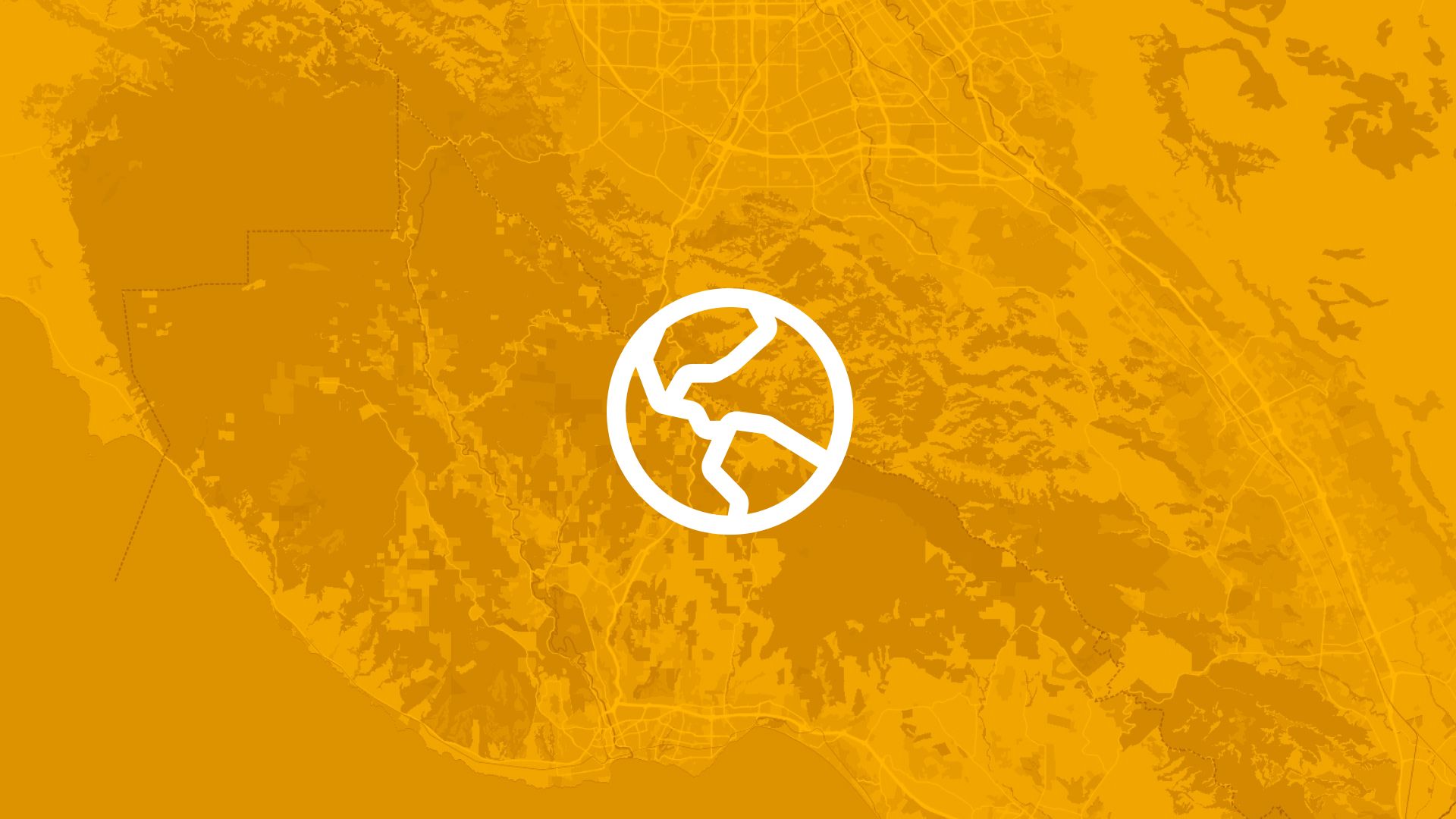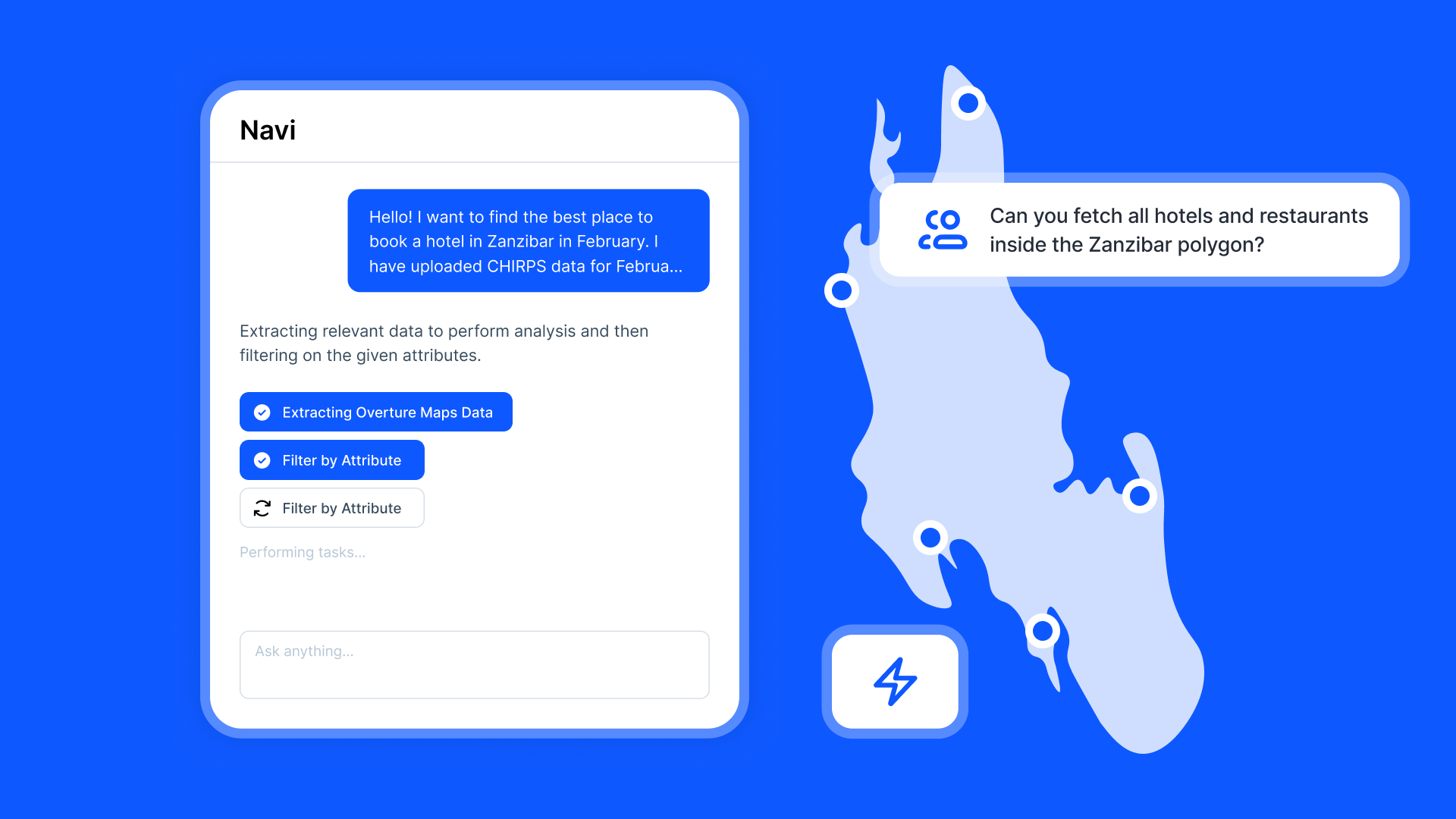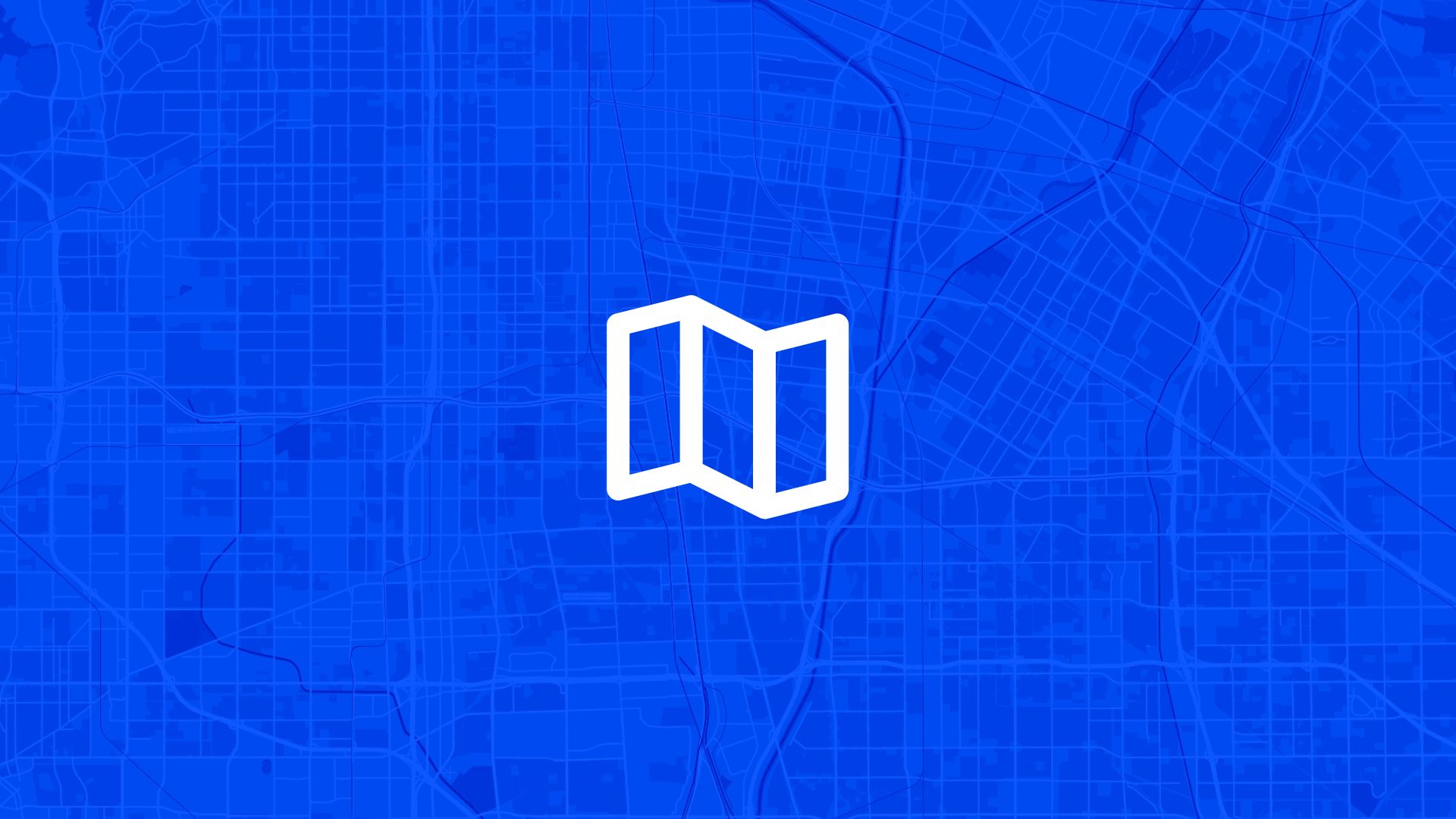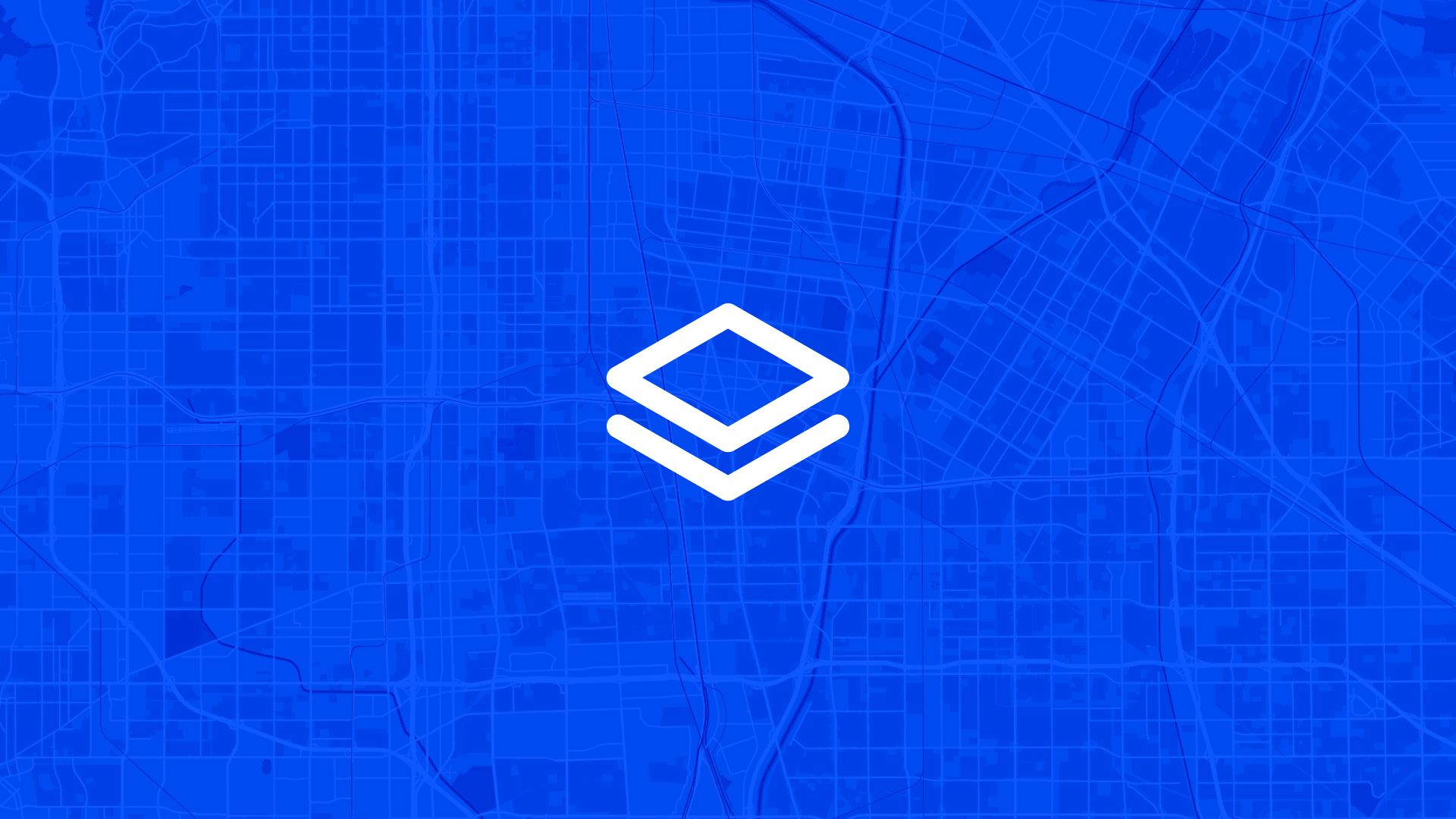The most successful projects happen when community input is collected early, often, and tied to specific locations.
If your project engagement relies only on general surveys, public meetings without visual context, or written comments that lack geographic specificity, you're missing the detailed community knowledge that makes projects work better for everyone. That's why smart project managers ask: can we create a public feedback map that lets community members provide input exactly where they see opportunities or concerns?
With Atlas, you can create public feedback maps that enable location-specific community input throughout your project development process. No separate survey platforms, no disconnected feedback systems, no lost spatial context. Everything connects visually and geographically for meaningful community engagement.
Here's how to set it up step by step.
Why Project-Specific Public Feedback Maps Matter
Creating dedicated feedback maps for projects enables more informed community participation and better project outcomes.
So project feedback maps aren't just modern engagement—they're essential tools for creating projects that truly serve community needs and reflect local knowledge.
Step 1: Set Up Your Project Map with Complete Context
Atlas makes it easy to create comprehensive project feedback mapping:
- Upload project proposals including site plans, design concepts, and implementation phases
- Add existing conditions showing current infrastructure, land use, and community features
- Import contextual information like property boundaries, environmental features, and transportation networks
- Create project timeline visualization showing different phases and their geographic impacts
Once configured, your project map provides complete context for informed community feedback.
Step 2: Define Feedback Areas and Input Categories
Next, structure feedback collection to capture useful project input:
You can create feedback areas for:
- Design elements allowing input on architectural features, landscaping, and visual compatibility
- Traffic and access collecting feedback on parking, circulation, and transportation impacts
- Environmental concerns gathering input on stormwater, noise, air quality, and natural features
- Community benefits receiving suggestions for amenities, programming, and public access
- Construction impacts collecting feedback on timing, staging, and temporary disruptions
- Long-term operations gathering input on maintenance, security, and ongoing community interaction
Each feedback area focuses community input on specific project decisions and potential improvements.
Step 3: Enable Accessible Public Participation
To make project feedback inclusive and straightforward:
- Create simple map access that works on any device without requiring software downloads or accounts
- Design clear feedback forms with guidance for constructive input and specific questions
- Set up anonymous options so residents can provide honest feedback without privacy concerns
- Configure multilingual support to accommodate diverse community languages and communication preferences
- Add accessibility features ensuring people with disabilities can participate fully in the feedback process
Community participation becomes accessible to all stakeholders regardless of technical experience or resources.
Step 4: Moderate and Organize Community Input
To manage project feedback effectively while maintaining transparency:
- Create moderation workflows that review comments for appropriateness before public display
- Set up input categories organizing feedback by project phase, topic, and geographic area
- Design response procedures showing how project teams will address community concerns and suggestions
- Configure notification systems that update participants when their input influences project changes
- Establish engagement timelines so the community knows when and how their feedback will be used
Also read: Share Planning Map with Public Comments
Step 5: Display Community Input and Project Responses
To create transparent, responsive project development:
- Show approved feedback directly on the map so all participants can see community input patterns
- Add project team responses explaining how feedback influences design changes and implementation decisions
- Create summary visualizations highlighting major themes and priorities from community input
- Design update notifications that inform participants when the project changes based on their feedback
- Configure progress tracking showing how community suggestions move from input to implementation
Community members see that their participation matters and influences real project improvements.
Step 6: Integrate with Project Management and Decision-Making
Now that public feedback is collected on project maps:
- Generate community engagement reports summarizing feedback by location, topic, and project phase
- Create impact analysis showing how community input aligns with or challenges project objectives
- Set up decision documentation that connects project changes to specific community feedback
- Design stakeholder communication keeping the community informed about project progress and implementation
- Export engagement data for integration with project management systems, regulatory filings, or funding applications
Your project feedback mapping becomes part of comprehensive, community-responsive project development.
Use Cases
Creating public feedback maps for projects is useful for:
- Development teams collecting neighborhood input on residential, commercial, and mixed-use projects
- Transportation agencies gathering community feedback on road improvements, transit projects, and infrastructure changes
- Municipal departments engaging residents in park improvements, facility upgrades, and service delivery projects
- Utility companies collecting public input on infrastructure projects, service improvements, and system upgrades
- Community organizations facilitating public participation in neighborhood improvement and advocacy projects
It's essential for any project where community input and local knowledge improve outcomes and build public support.
Tips
- Launch feedback early in project development when community input can still influence major design decisions
- Provide clear project information so participants understand what they're commenting on and why their input matters
- Set realistic expectations about which aspects of the project can change based on community feedback
- Create multiple engagement opportunities combining map feedback with meetings, surveys, and other participation methods
- Close the feedback loop by showing the community how their input influenced final project decisions
Creating public feedback maps for projects in Atlas enables meaningful community engagement.
No separate engagement platforms needed. Just configure project areas, enable public input, and create the transparent project development process that connects community knowledge with better project outcomes.
Planning and Public Feedback with Atlas
When you're planning projects that affect communities, the challenge isn't just creating good technical solutions—it's making sure those solutions work for the people who will live with them.
Atlas gives you the tools to make planning truly participatory: one map for proposals, community input, and transparent decision-making.
Share Plans and Collect Location-Specific Input
You can:
- Upload planning proposals with clear visual context and project details
- Enable public comments tied to specific geographic locations and planning elements
- Moderate and organize community feedback for meaningful analysis and response
Also read: Add Park Locations to a City Map
Build Transparent, Responsive Planning Processes
Atlas lets you:
- Show how public input influences planning decisions and proposal modifications
- Create comprehensive engagement records for planning commission review and public accountability
- Export community feedback for integration with planning workflows and decision documentation
That means no more disconnected public input, and no more questions about whether community voices actually matter in planning decisions.
Plan Better with Community Knowledge
Whether you're updating comprehensive plans, reviewing development proposals, or planning infrastructure improvements, Atlas helps you tap into local knowledge that makes plans work better for everyone.
It's community-centered planning—designed for genuine public participation.
Boost Your Planning Process with the Right Tools
Planning moves fast, but communities need time to understand and respond to proposals. Whether you're collecting input, analyzing feedback, coordinating stakeholders, or making decisions—clarity and participation matter.
Atlas gives you both.
In this article, we covered how to create a public feedback map for a project, but that's just one of many things you can do with Atlas.
From community engagement to stakeholder coordination, impact analysis, and transparent decision-making, Atlas makes complex project development accessible and participatory. All from your browser. No public engagement expertise needed.
So whether you're managing development projects, infrastructure improvements, or community initiatives, Atlas helps you move from "planning for communities" to "planning with communities" faster.
Sign up for free or book a walkthrough today.





